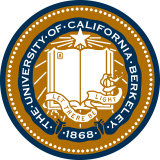



Our lab studies how the visual system works in people with normal vision and people with uncorrectable subnormal vision (visual impairment). Subnormal vision can result from eye diseases such as age-related macular degeneration (AMD), or from neurological conditions like amblyopia ("lazy eye").
We aim to identify the factors limiting visual performance in people with visual impairment and develop assistive technology, devices, and rehabilitation strategies to improve their functional vision and quality of life.

